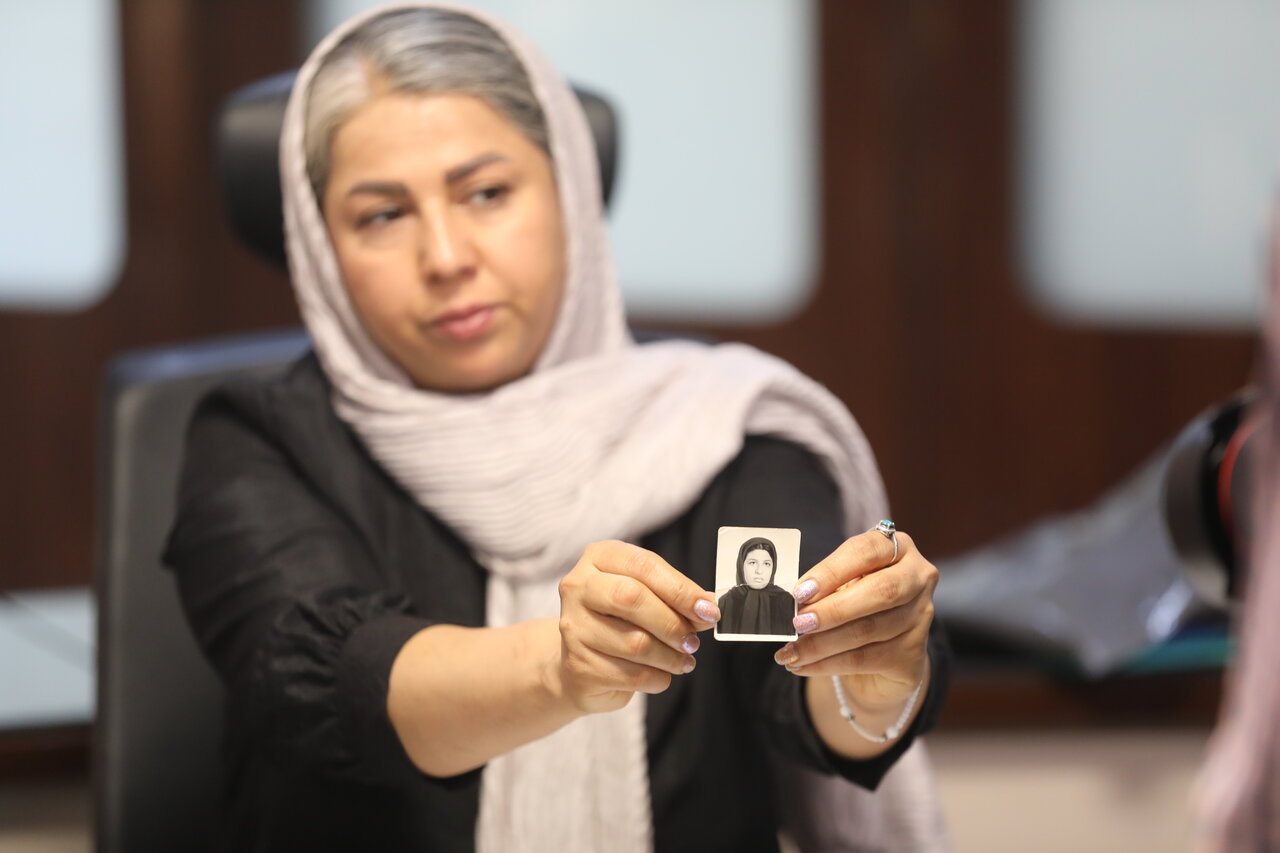“The West’s ‘democratic alternative’ tortured my sister to madness”
A look at the life of one of MEK’s countless victims, and the crimes the West is brushing off

TEHRAN – Masoumeh Chaheh was 24 when she showed up at her family’s door in southern Tehran – bruised, scratched, and dishevelled. She couldn’t form coherent sentences about where she had been the past few years. "We were all shocked. We kept asking her what had happened, but she couldn’t explain anything. She just screamed, cried, and zoned out," said Leila, Masoumeh’s younger sister, one of the first to find her in that state. "We didn’t know what to do. She kept running away, and eventually, we lost contact with her again."
After fleeing home, Masoumeh was picked up by police while wandering Tehran’s streets. She eventually ended up in a psychiatric facility, where her family was notified of her whereabouts. "When she was still home, she used to mumble an anthem. We later found out it belonged to the Mojahedin-e-Khalq (MEK)."
The MEK is a terrorist organization that has operated mostly from outside Iran. Currently based in Albania (and previously in Iraq), the group is responsible for killing over 24,000 Iranians – including at least six people, one of them an infant, in a recent MEK-linked terrorist attack in southeastern Iran. Media outlets affiliated with the MEK characterized the terror attack as an “armed rebellion by the youth” and praised the terrorists for their brutal crime.
The MEK was listed as a terrorist organization in the U.S. and Europe for years, until its removal in the early-to-mid 2010s. The West has long used the group for espionage and attacks inside Iran. Most recently, during the Iran-Israel war, Western media and politicians attempted to rebrand the MEK, hailing it as a "reformed," female-led faction and even floating it as a potential alternative to Iran’s government. One New York Times report wrote that the MEK now advocates for a "secular republic, gender equality, and a non-nuclear Iran."
But for the MEK’s victims – like Masoumeh – no PR campaign can erase their suffering. Like many others, she didn’t join voluntarily, and leaving cost her everything: her sanity, and ultimately, her life.
"Masoumeh started taking care of us at just 8 years old, after our mother died. Our father was a construction worker and was usually away at work,” Leila explained. “She always put us first and dreamed of a better life for her siblings. She cooked for us, cleaned after us, and took us outside to play.” The family had seven children – two sisters, four brothers, and an older half-sister, Fatemeh, whose ties to the MEK would destroy Masoumeh’s future.
Fatemeh had been an MEK member but left before Saddam Hussein’s fall, when the group began to bar defections from its Iraqi camps. She moved to Finland and tried to bring over two financially struggling siblings – Masoumeh and her brother, Hamidreza –through an MEK contact she thought could be trusted. "They were supposed to go to Turkey first, then Finland," Leila said. Instead, in 2001, the MEK member took them to the Ashraf Camp in Iraq.
The family lost contact immediately. Hamidreza resurfaced 14 years later, escaping during the MEK’s chaotic relocation to Albania. Masoumeh reached out sooner by randomly visiting them after four years – but her ordeal had been far worse.
"After being taken to Iraq, they were separated at Ashraf Camp. Both resisted at first, but Hamidreza bided his time. Masoumeh kept fighting back – so the group decided to ‘get rid of her,’" Leila said.
As previously documented by the Tehran Times, the MEK routinely sent defiant members to the infamous Abu Ghraib prison, which was well-known for the systematic torture of inmates. Masoumeh endured months of beatings, isolation, and psychological torment before Iraqi guards dumped her near Iran’s border. She then walked for days – starving, traumatized – only to face more violence from roadside thugs. By the time she reached Tehran, her mind was shattered.
"The person who came back wasn’t my sister," Leila said. "She’d slip into catatonic states. When she did regain awareness, the memories made her try to kill herself – over and over."
The final escape
For the next 20 years, Masoumeh cycled through psychiatric facilities, where she tried to take her life multiple times. Her last attempt, taking place in February of 2025, was successful. That day, Leila visited Masoumeh in the psychiatric hospital and then took her to a restaurant in Chaloos, a scenic route north of Tehran.
“Masoumeh used to love nature. So, I took her to a nice location to spend a few hours together. But as we sat at our table, she started recalling her past, so I tried distracting her. I looked away for seconds… and she was gone.”
Triggered by flashbacks of Abu Ghraib, Masoumeh had jumped into a nearby river. Her body was later found wedged against a tree trunk. "That was the end the MEK gave her – decades of torture, physical and mental, until she couldn’t take it anymore,” Leila said as tears began to rush down her face.
Masoumeh’s story is not unique. Before the West attempts to promote a terrorist outfit as a “democratic group”, similar to how it rebranded the Hayat Tahrir al-Sham (HTS) terrorists in Syria, it must reckon with dozens like her. Future Tehran Times reports will ensure they are not forgotten.
Leave a Comment